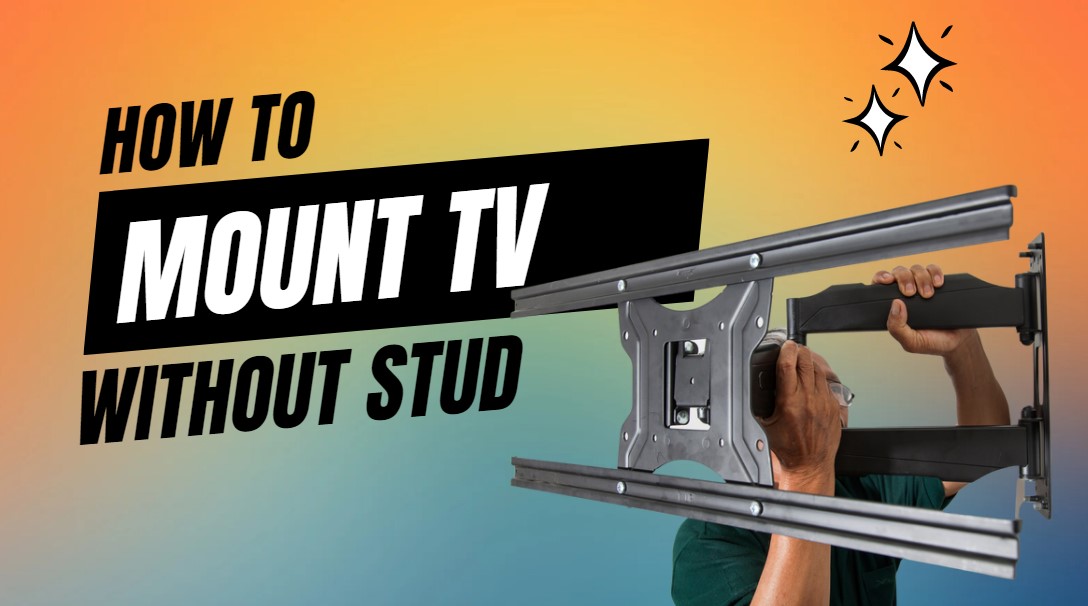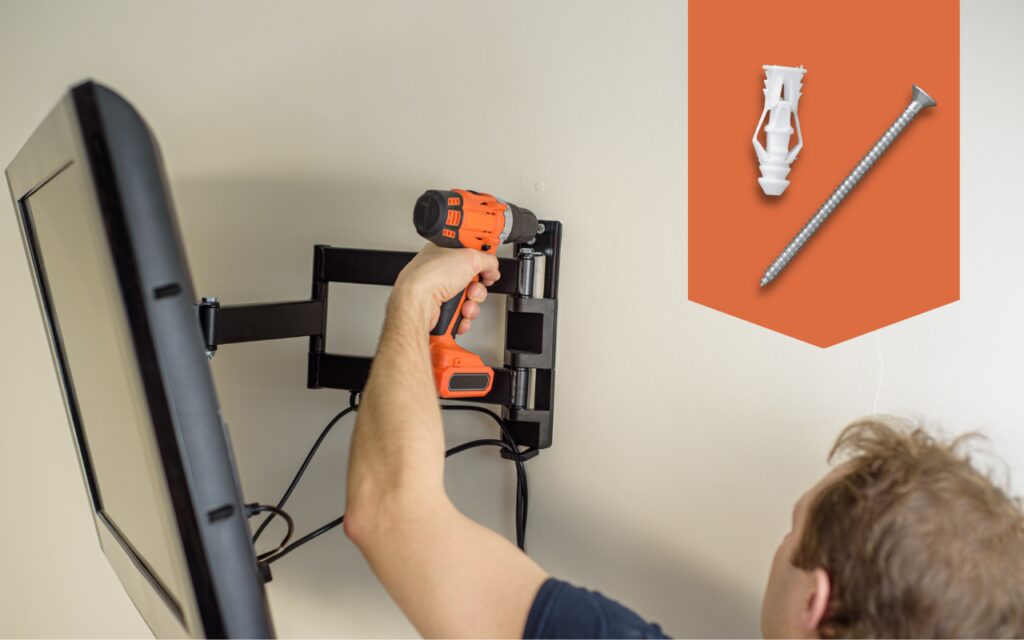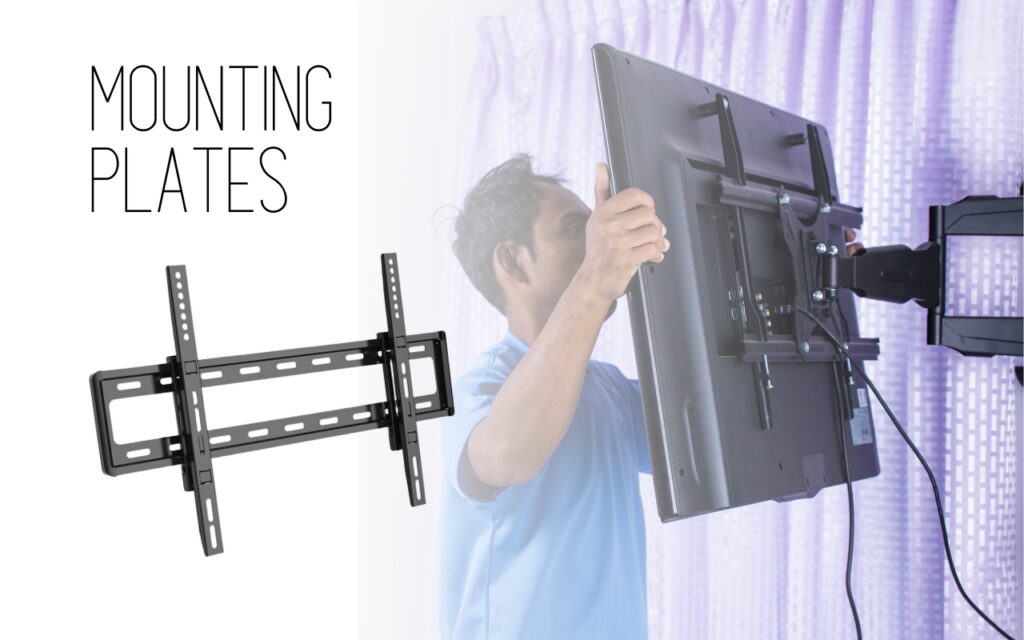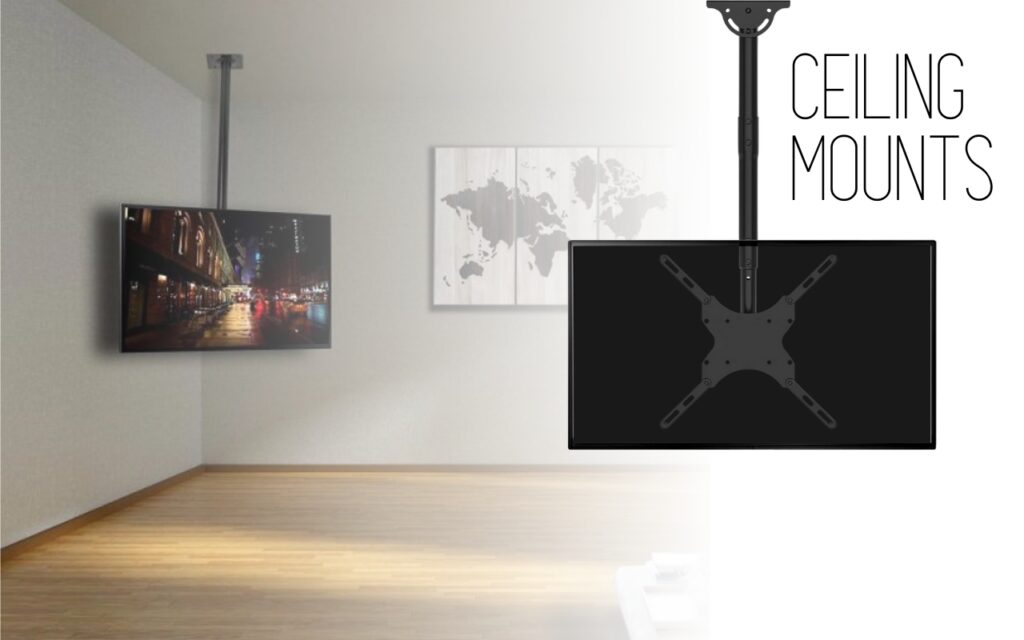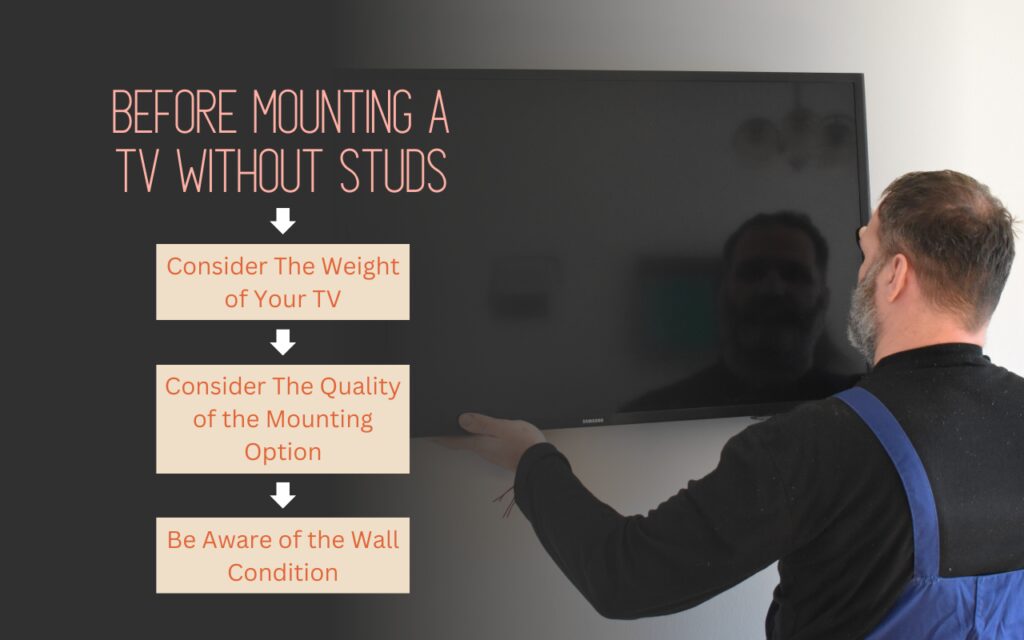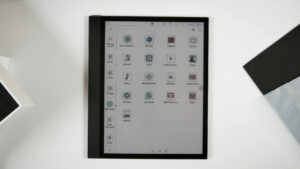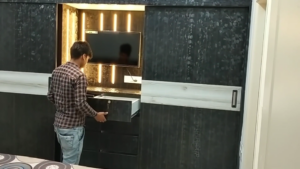Mounting a TV on a wall is certainly a great way to improve your immersion and help you save some space as well. It is a great way to enjoy your movie nights and treat yourself to a more cinema-like feeling in your home. However, some walls may not be suitable for this purpose, so today, we are going to talk about how to mount a TV without studs.
Mounting a TV on a wall can be a rather tricky endeavor, especially if you want to do it on a brick wall, uneven stone facade, or above a fireplace and to do all of that without studs. You will need to be aware of how much weight your wall can support and secure methods to do the mounting. There is a lot to talk about on this subject, so read on if you want to find out more.
What Exactly Is a Stud?
Before you opt for any type of mounting solution, you will have first to check the integrity of the wall on which you plan to mount your TV. Let us be clear, mounting your television on a wall is much better if you have a stud, so the first thing you should try to do is to locate it.
It is a vertical framing device commonly made of wood or metal, which is used to create a frame on the wall. These reinforcements are evenly spread within a wall and are generally used to create a framework for a wall consisting of drywall.
Luckily, most modern home interiors are constructed using drywall, so there is a pretty good chance you should be able to locate stud if you live in such a household. However, if that is not the case, we have prepared a comprehensive guide and methods you can use to mount your TV in the sections below.
Methods for Mounting TV Without Studs
If you have done your fair share of research and exploration and found out that you either do not have studs or they are not located on a wall where you want to mount your TV, worry not because we have listed some excellent solutions for such a case.
1. Drywall Anchors
One of the simplest ways to mount a TV when studs are not available is by expanding anchors or a conical. The wing-like grooves lock in place behind the wall when a screw is placed correctly, and this setup can provide plenty of support for something like a picture with a heavy frame or a lightweight television.
To set up everything, you will need to drill a hole, insert the sleeve, and slide in the anchor. If you own a pulling tool of any kind, you can pull the anchor closer to the wall. This will lock it more firmly, and it will not loosen when you insert the screw.
2. Toggle Anchors
Toggle anchors, or toggle bolts, are screws with a butterfly toggle at the end, and they operate by anchoring to the back of the drywall. Pulling on the screw or applying any type of force will have no impact since the toggle makes the whole sheet of drywall resist.
3. Molly Bolts
This method is a bit more difficult to use when compared to drywall anchors, but it is exceptionally strong and good enough to carry medium and heavy weights. You can opt for either pointed or non-pointed molly bolts.
The pointed type has a sharpened tip, which allows them to be placed with a couple of delicate, but strong hits with a hammer. The non-pointed type will require you to cut out an installation hole, and it is preferable for plaster walls.
When you do not tie the sleeve of these bolts, they will remain thin, but if you do, the sleeve will swell, which will form an anchor to the back of your drywall. You will notice that toggle anchors use a similar mechanism.
4. Mounting Plates
Using mounting plates is another popular mounting option when studs are not present. These plates are typically positioned behind the TV and are attached to the wall using anchor screws. A mounting plate will provide a solid surface to secure your TV on the wall.
Moreover, this setup makes the television more stable, as it grants several anchor points across the wall and distributes the weight evenly. The one downside of the mounting plates is that it does not fit the aesthetics of most living spaces, as it is visible behind the television. However, there is a fix for that, as most people decide to paint the mounting plates to match their walls, or they simply get a smaller plate that remains concealed after the installation.
For this mounting option, you will have to find the perfect location on the wall first, then mark the place using a pencil or tape. The next step is to secure the mounting plate into the wall by using nails and a hammer. Alternatively, you can use anchors for the installation of the mounting plate too.
5. Ceiling Mounts
Although this is not the most popular option due to its aesthetics, which is not suitable for most people, it is indeed viable and does not require studs. The installation process of the ceiling mount is a bit more time-consuming and complicated than the other methods we have just listed, but it is very much worth it.
It is important to mention that if the ceiling has beams, the process of installation will be a bit more simple. Beams usually function equally well as the studs in the mounting process. Before you start doing anything, you will have to check the weight and size of the TV, as well as the ceiling’s height.
If the ceiling is too high, this installation method will not be worth it. You will have to decide the type of ceiling mount you want to use and then check the joists or beams to determine the length of the screws you will have to use. Screw the mount into the ceiling, connect the clamps to the television, and then screw the clamps to the base of the mount.
Things to Consider Before Mounting a TV Without Studs
Anchors and mounting plates are probably the best mounting solutions without studs. However, even if you have the strongest anchors, there are some important things to keep in mind before the installation process, and we have listed them in the section below.
1. The Weight of Your TV
Before you opt for the mounting option, you will have to figure out if it can support the weight of your television. The weight of TVs varies from model to model, but the average 32-inch model usually weighs between 25 and 30 lbs, meaning that anything larger will weigh more. Therefore you should pick the mounting option accordingly.
2. The Quality of the Mounting Option
When picking the mounting option, it is important to pick the best quality you can get to avoid any type of mishap. Picking quality options only will not only ensure secure mounting, but it will also prevent your wall from getting damaged.
3. Be Aware of the Wall Condition
When picking the wall on which you want to mount your TV, it is important to first check its condition and whether or not it can hold everything together. You should pick the strongest wall that is neither flimsy nor light.
If the wall you choose needs some repairs, make sure to do them beforehand. It is important to note that a flimsy wall might bend under the weight of the TV and cause a lot of damage.
Final Words
Safe and secure TV mounting is possible without studs; you just have to check the wall condition and TV weight. The great thing about the options we have listed is that they will require items and tools that are available in almost every hardware shop, so if you put some money and your mind to it, you will be able to do it in no time.
Related Posts:
- How to Cast Oculus Quest 2 to Samsung TV - Two…
- How to Record TV Shows Without a DVR - 6 Easy Methods
- How to Mirror Phone to TV Without WiFi - 7 Easy Methods
- How to Turn on the TV Without a Remote - 5 Easy Methods
- How to Connect Apple TV to WiFi - 6 Straightforward Methods
- 10 Best Wireless Headphones for Your TV in 2024 -…


